One part of our day trip to Chornobyl from Kyiv included a stop at the former Soviet base operating a Duga Radar Tower. What is a Soviet Radar Tower you ask? I had literally zero idea about this structure until we pulled up in the bus and walked the short way to the tower, also known as the Russian Woodpecker. As most know, I love AllTheOldAbandonedThings so I was of course fascinated by this Soviet adventure.

This stop was an incredible look into Soviet military operations during this time period. With over 1,500 personnel at the height of operation, the base and tower are now abandoned, along with the other Soviet dreams for technological and societal prowess; this base met the same fate as the “city of the future”, Prypiat.
In his article for Newsweek, Alexander Nazaryan notes the connection between these two sites in Chornobyl:
“If anything, the military purpose of Chernobyl 2 [the Duga Tower] is a reminder that the purpose of the Chernobyl power station was never entirely civilian, either. While it did provide vast amounts of electricity to Ukraine, its four reactors were of the RBMK variety, meaning they could be easily switched between the fission of uranium for civilian purposes and the enrichment of plutonium for military ones. That left the top of reactor lightly covered, in order to make the switching of fuel assemblies easier. That’s why, when the thing unleashed its fiery belch one April day, a good part of Europe got a dusting of radionuclides.”
Nazarayan, Alexander. 2014. “The Massive Russian Radar Site in the Chernobyl Exclusion Zone.” Newsweek. Available here.
I can now cross “wandering around an abandoned Soviet base in Northern Ukraine” off my bucket-list.
Where are we?
This tower was part of the Soviet over-the-horizon radar (OTH), an aspect of the government’s missile defense early-warning radar network. There are two Duga towers: one here in Chornobyl and another was built in eastern Siberia.
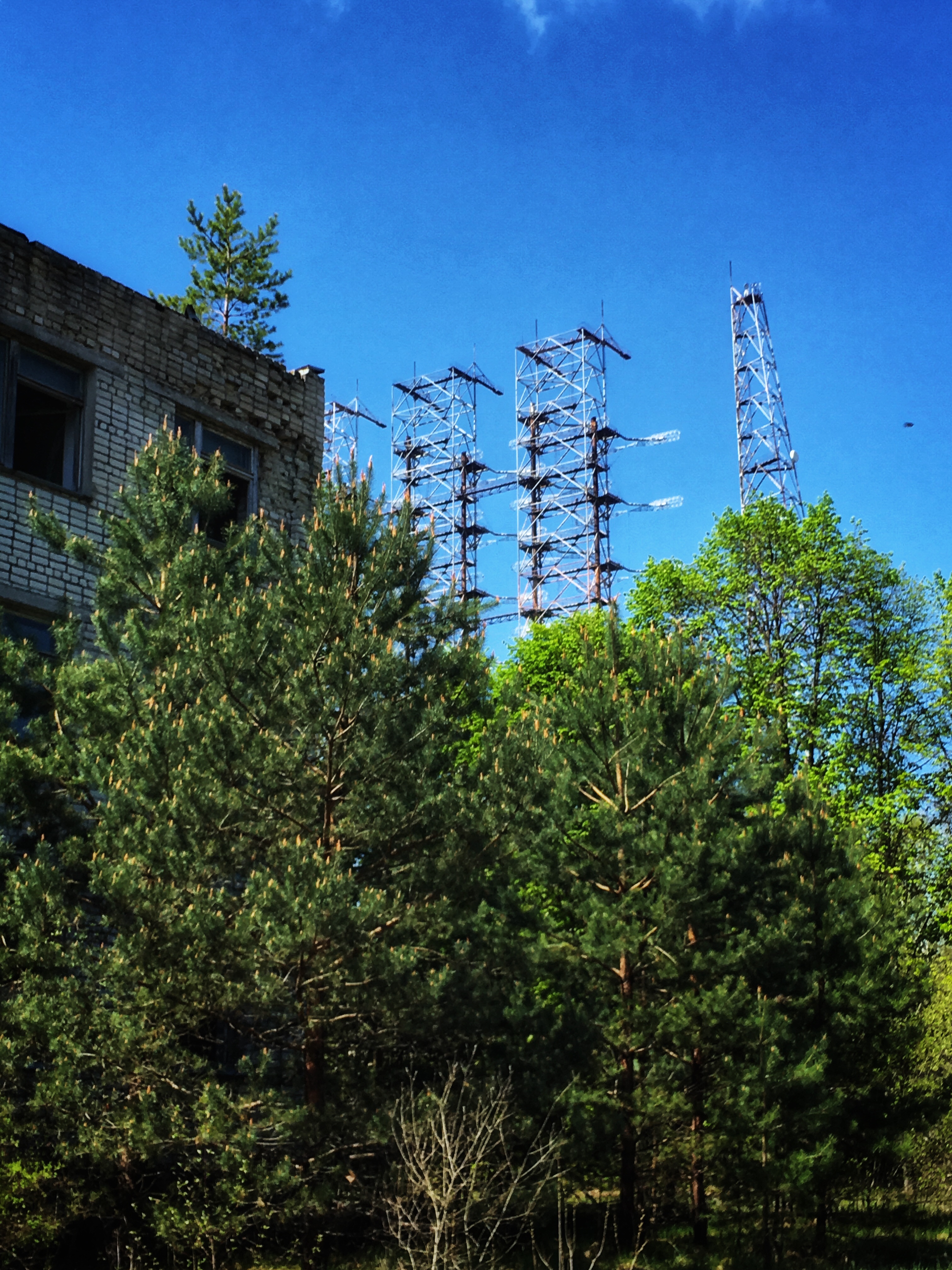
Known as the Russian Woodpecker because of the distinct tapping sound made by the system that interfered with other broadcasts, communications, and transmissions without warning, the tower is ENORMOUS. You can listen to the tower’s distinct tap-tap-tap sound here.
Like Prypiat, all operations at this hidden military base ceased after the explosion of reactor four. Today, the tower and buildings are deteriorating into the same woods that hid the operations taking place here during the Cold War.
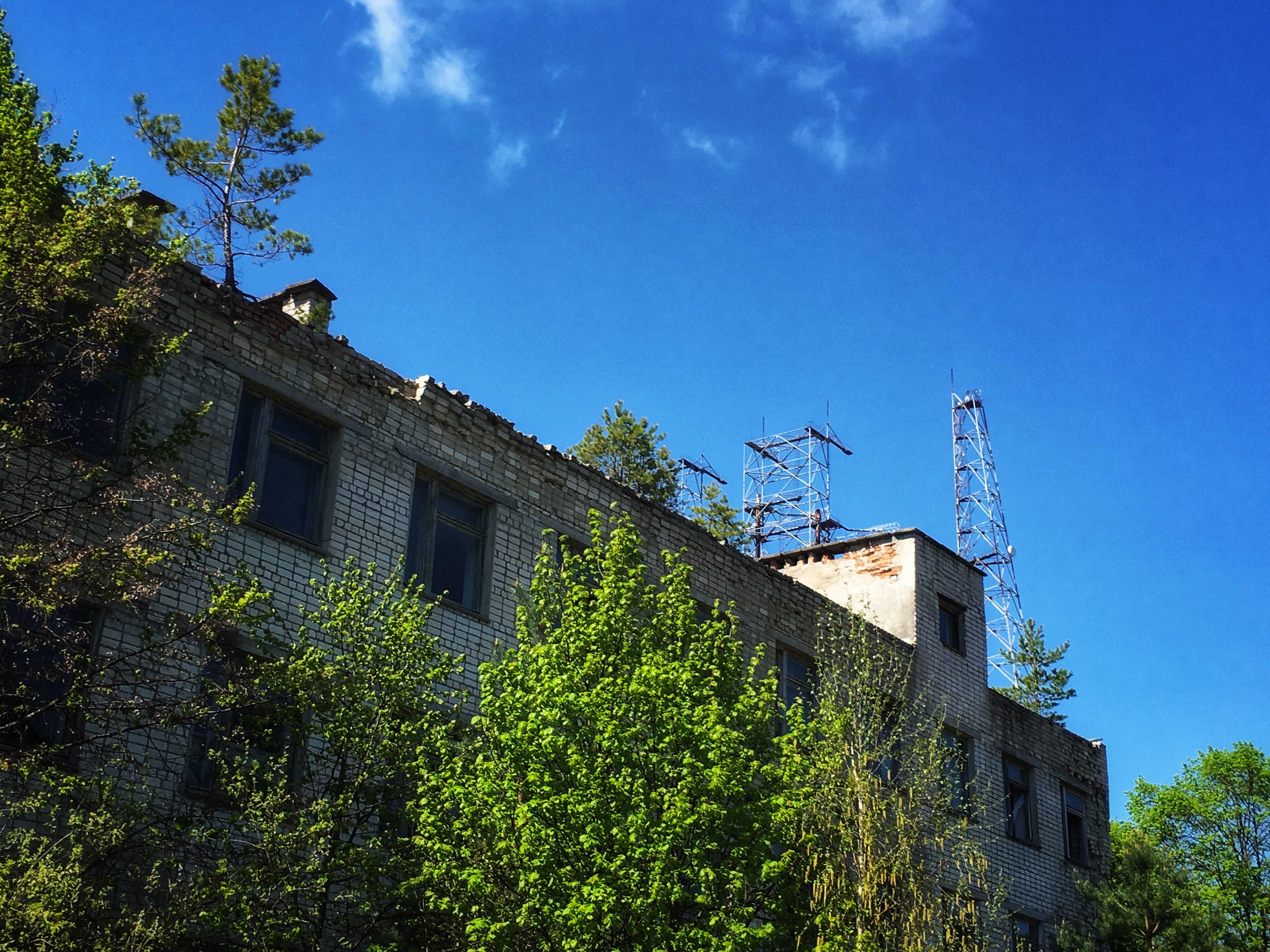
Chornobyl Duga Base:
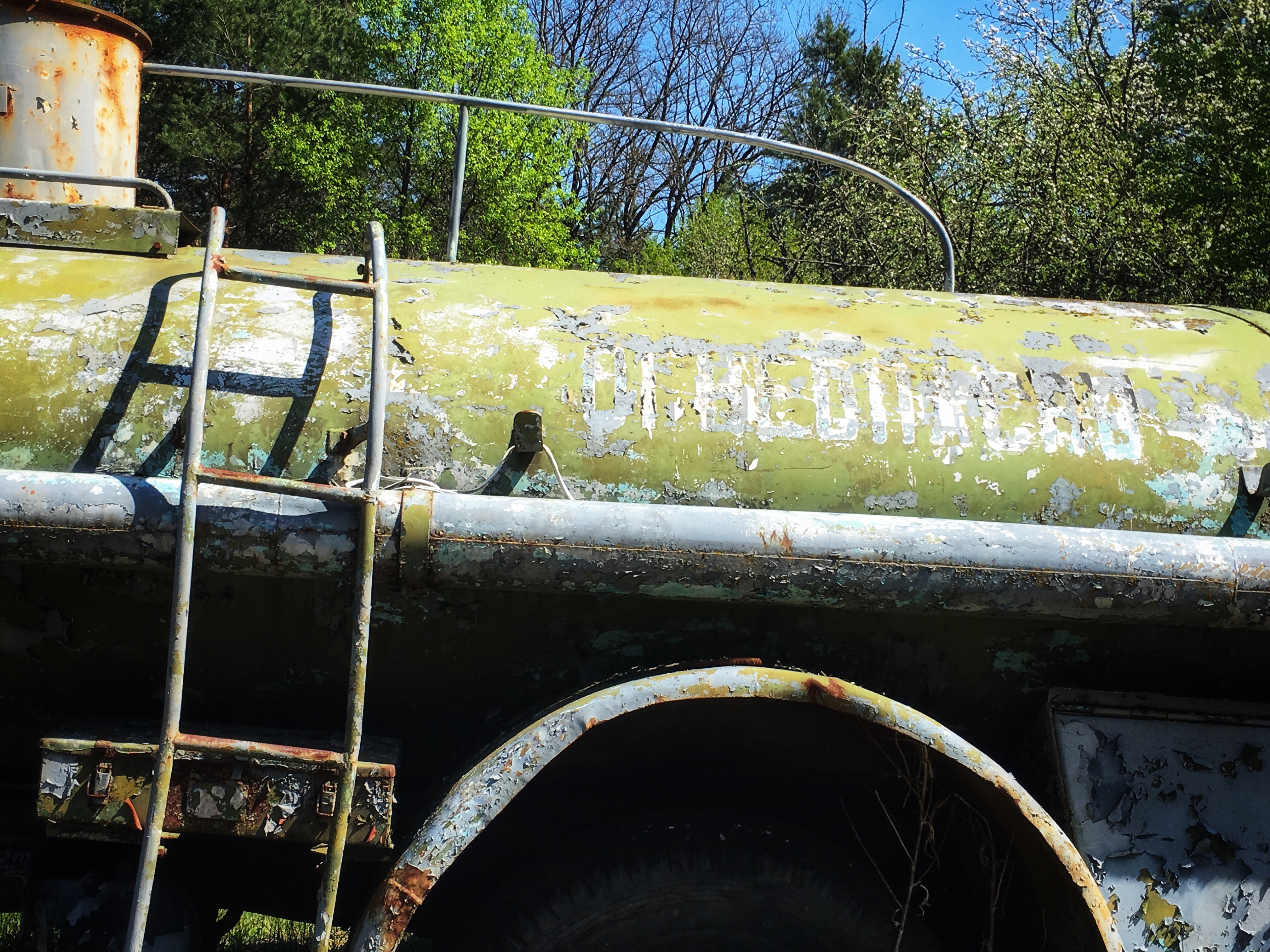
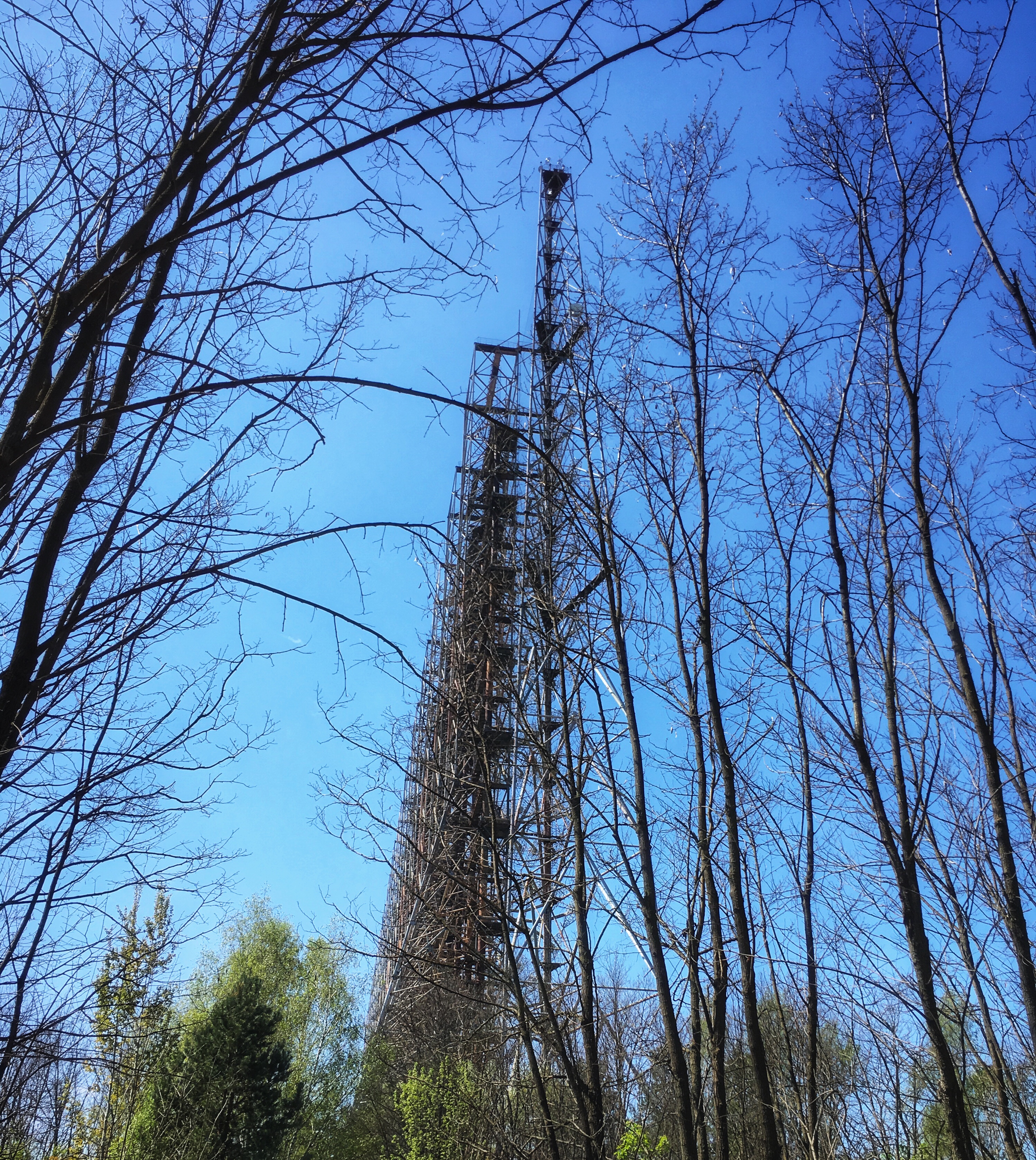



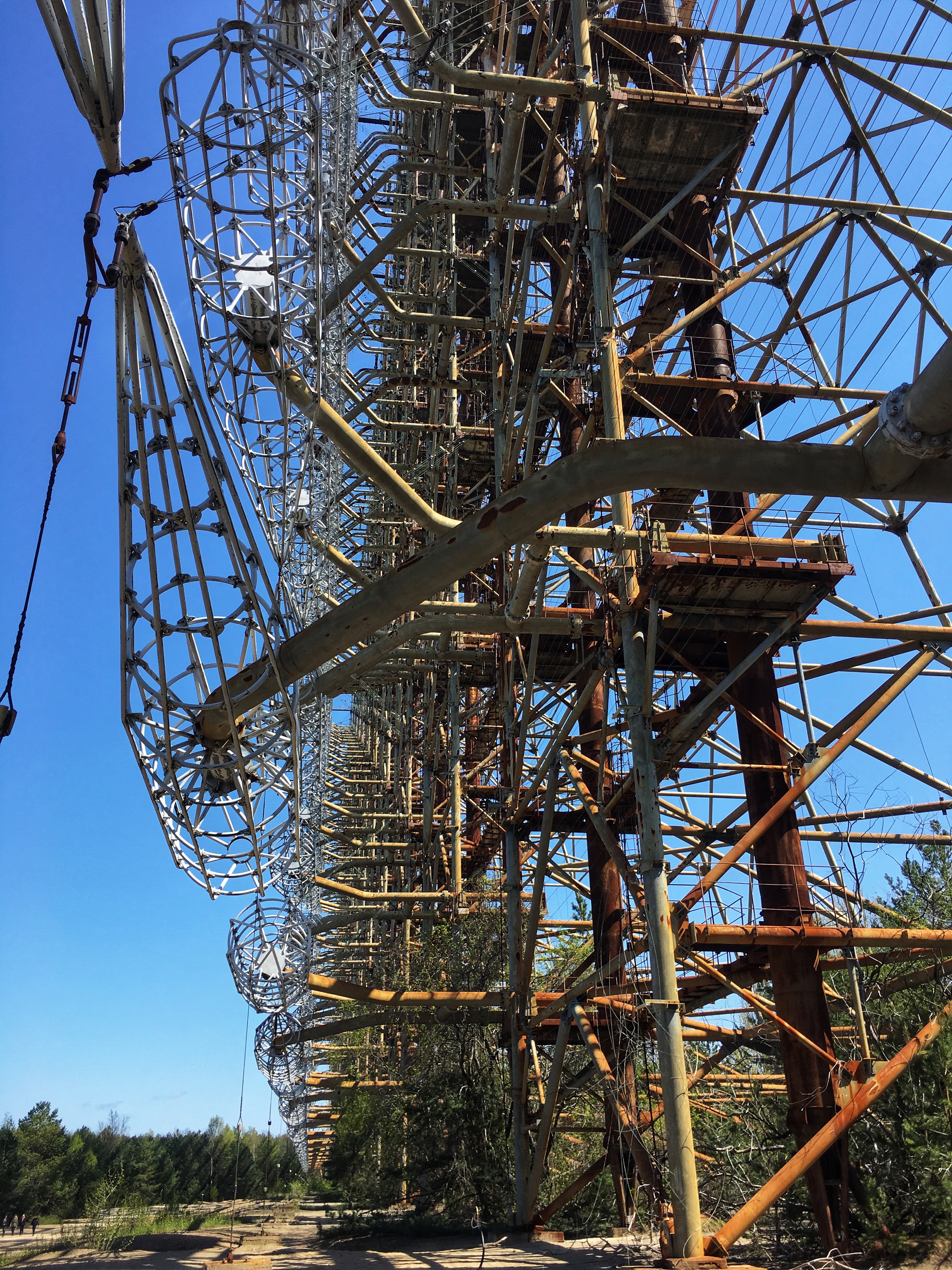

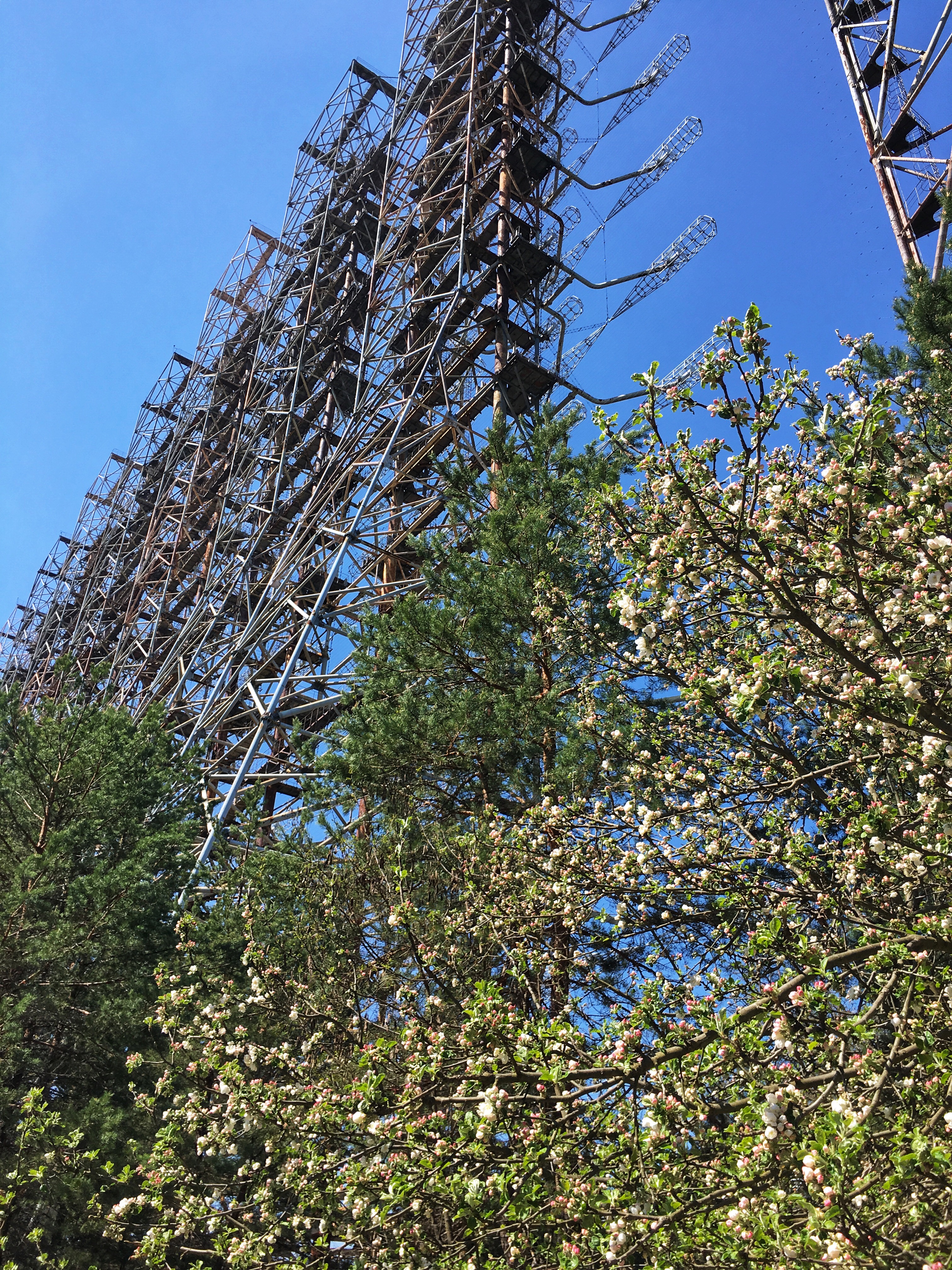
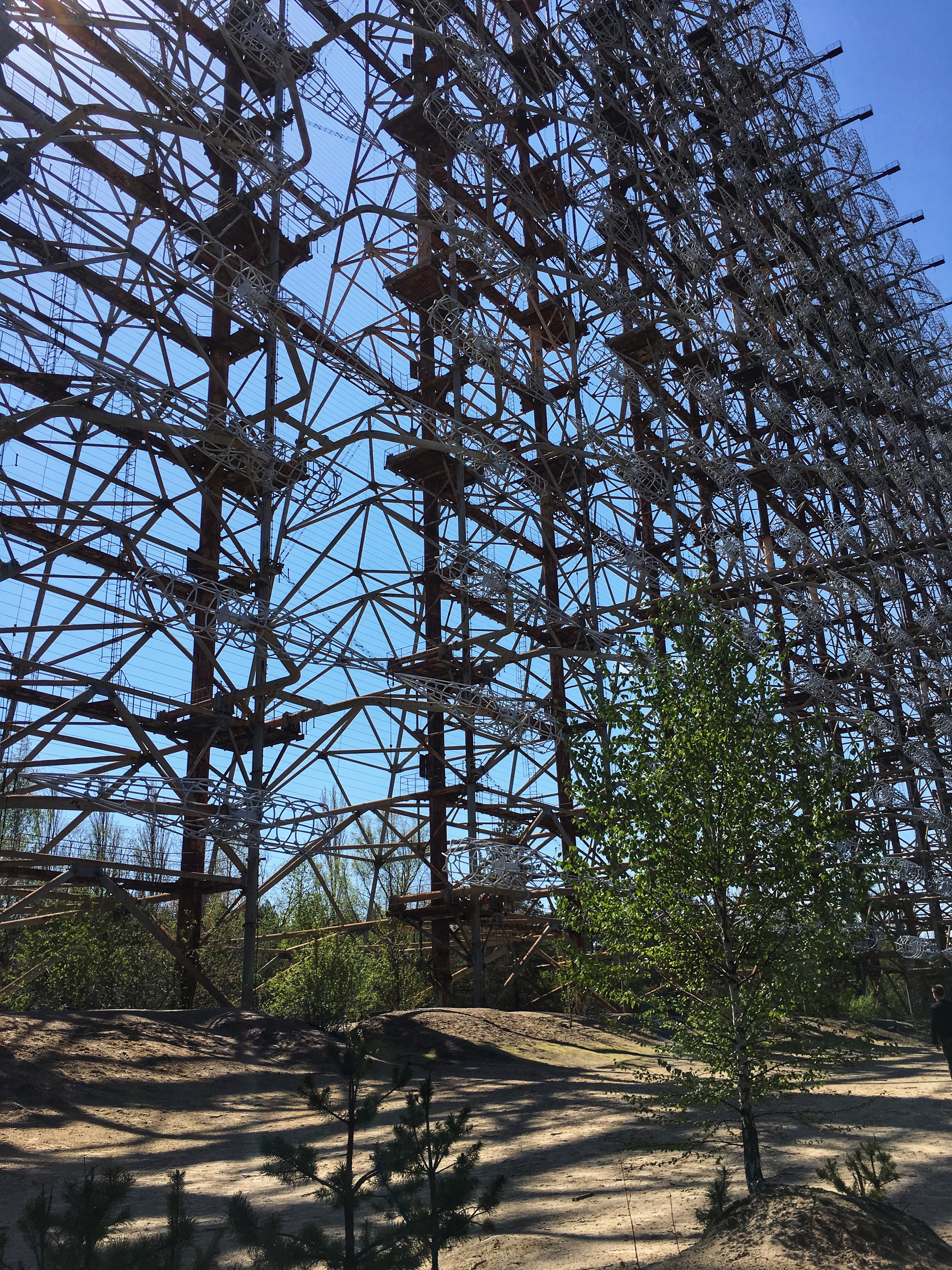



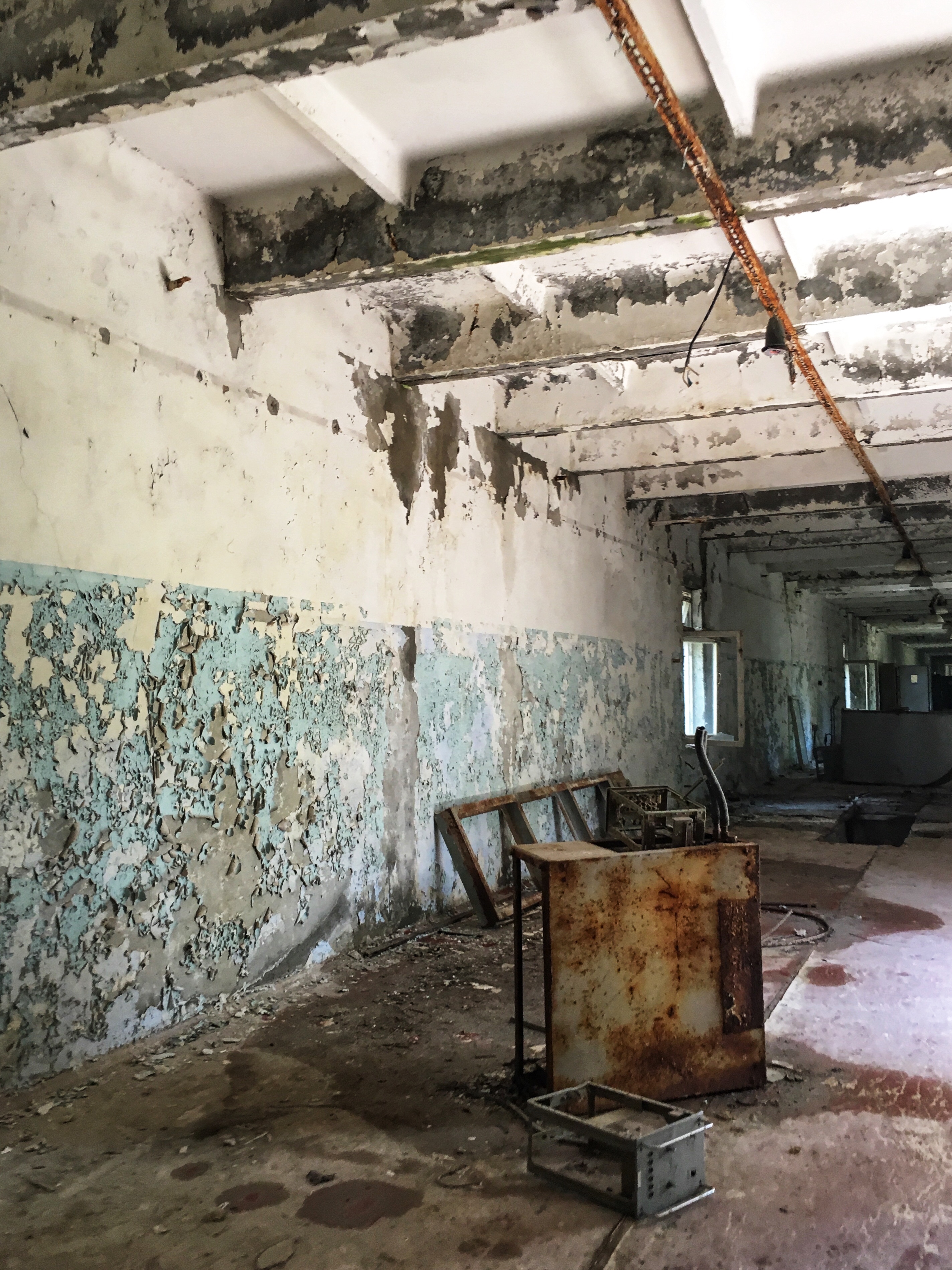


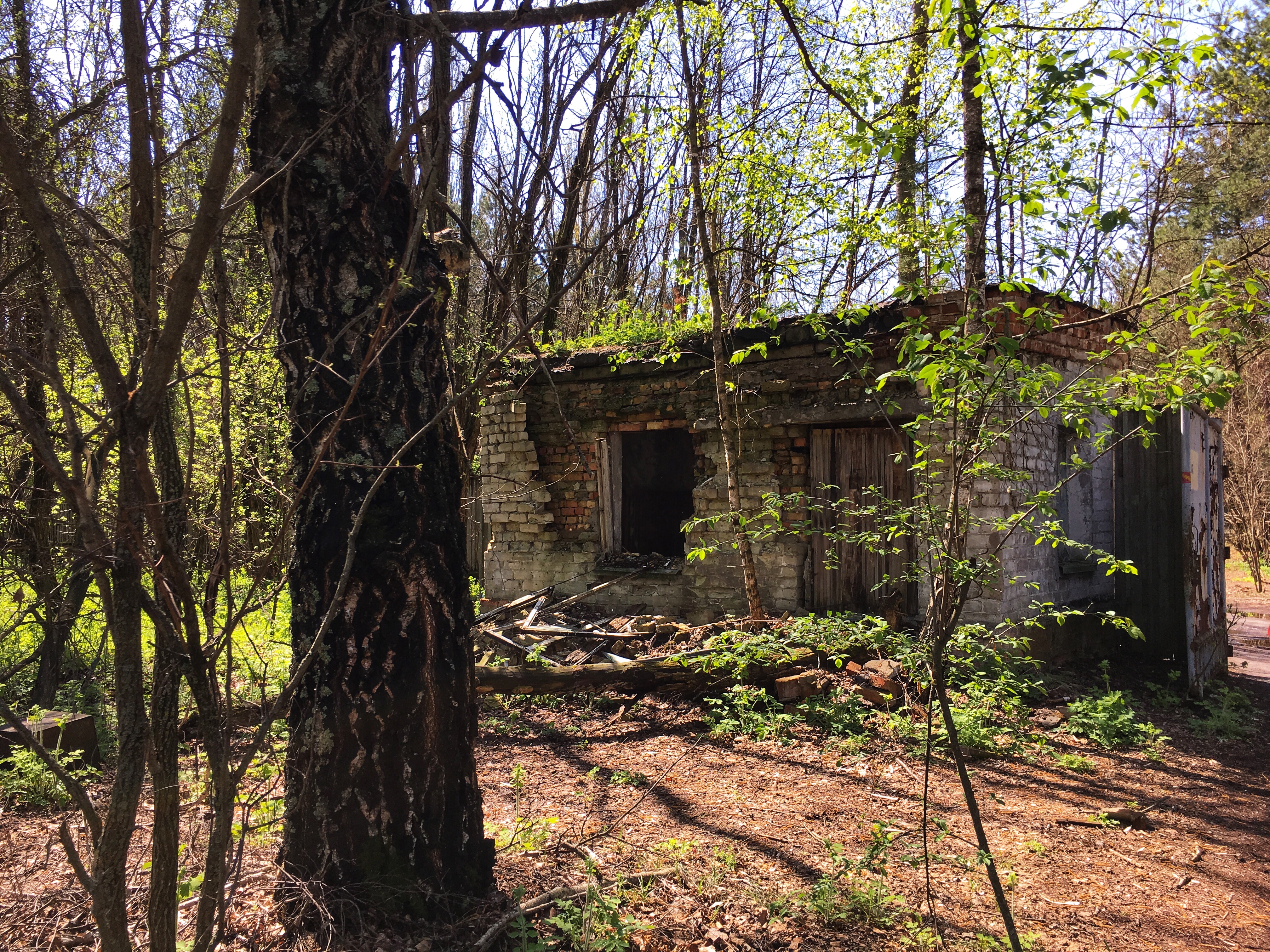
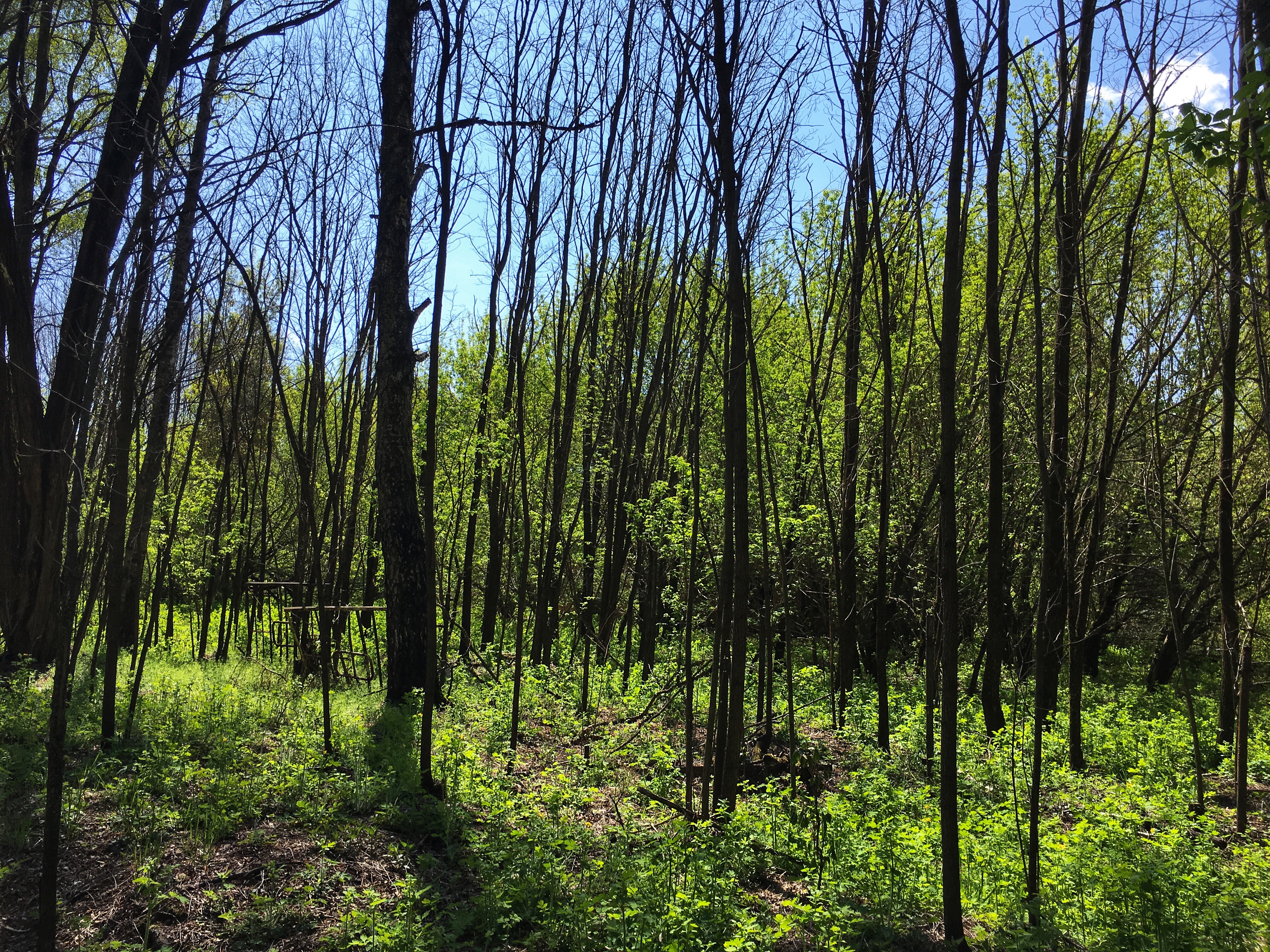

One of the most unbelievable aspects of this base is the level of priority given to its mission and the amount of money (7 billion Rubles) contributed to make this idea into a reality, only to see all this work and materials completely abandoned today. Nazarayan notes: “It’s almost like everyone agreed to play an incredibly dangerous game that, after half a century, suddenly seemed pointless and even boring. When it was over, the players dropped their toys and went home.”
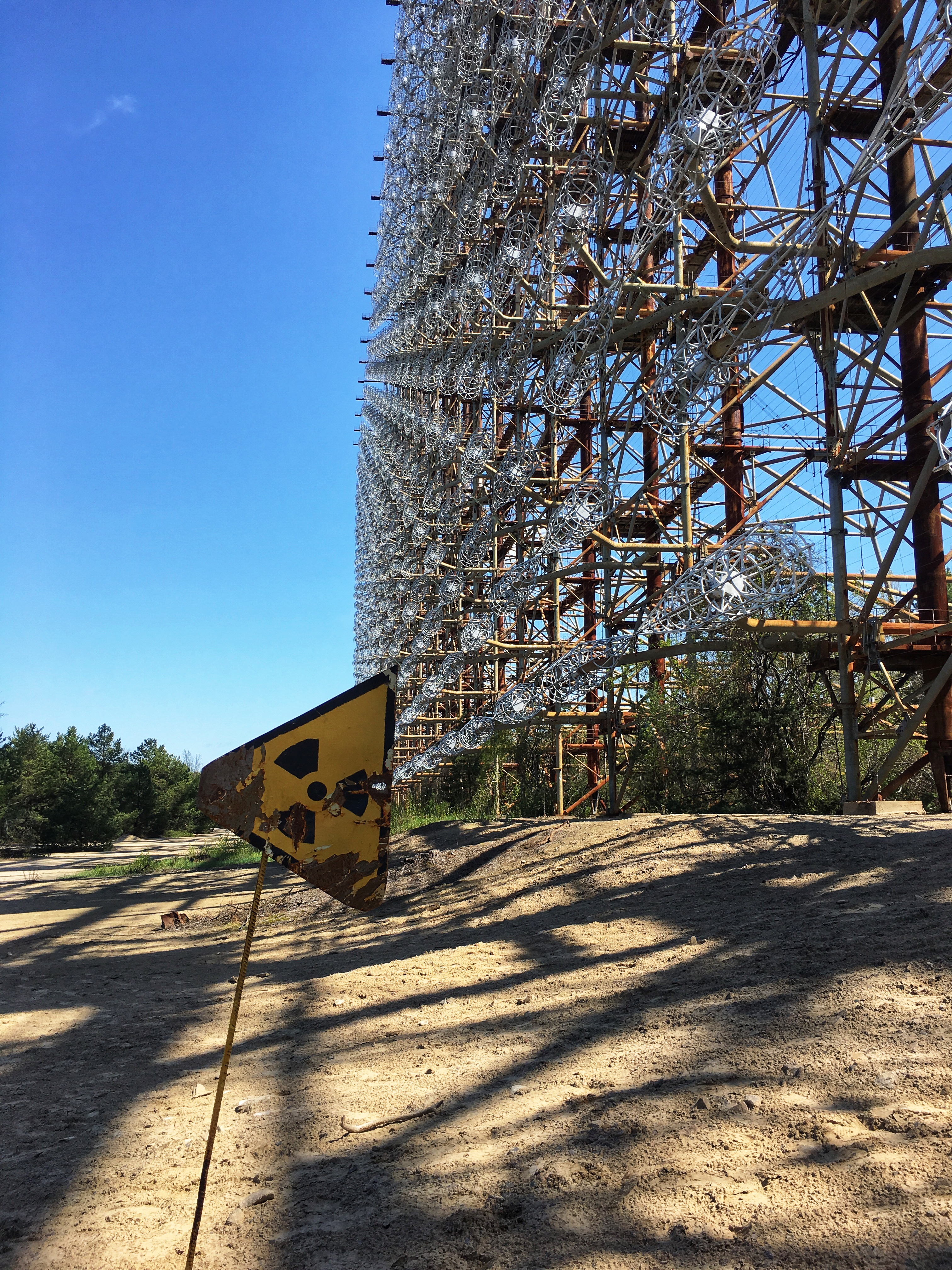
Sources:
Nazarayan, Alexander. 2014. “The Massive Russian Radar Site in the Chernobyl Exclusion Zone.” Newsweek. Available here.
Spencer, Luke. 2016. “The Top Secret Military Base Hidden in Chernobyl’s Irradiated Forest.” Atlas Obscura. Available here.
Currently:
Watching: Marie Antoinette (Sofia Coppola)


Leave a comment